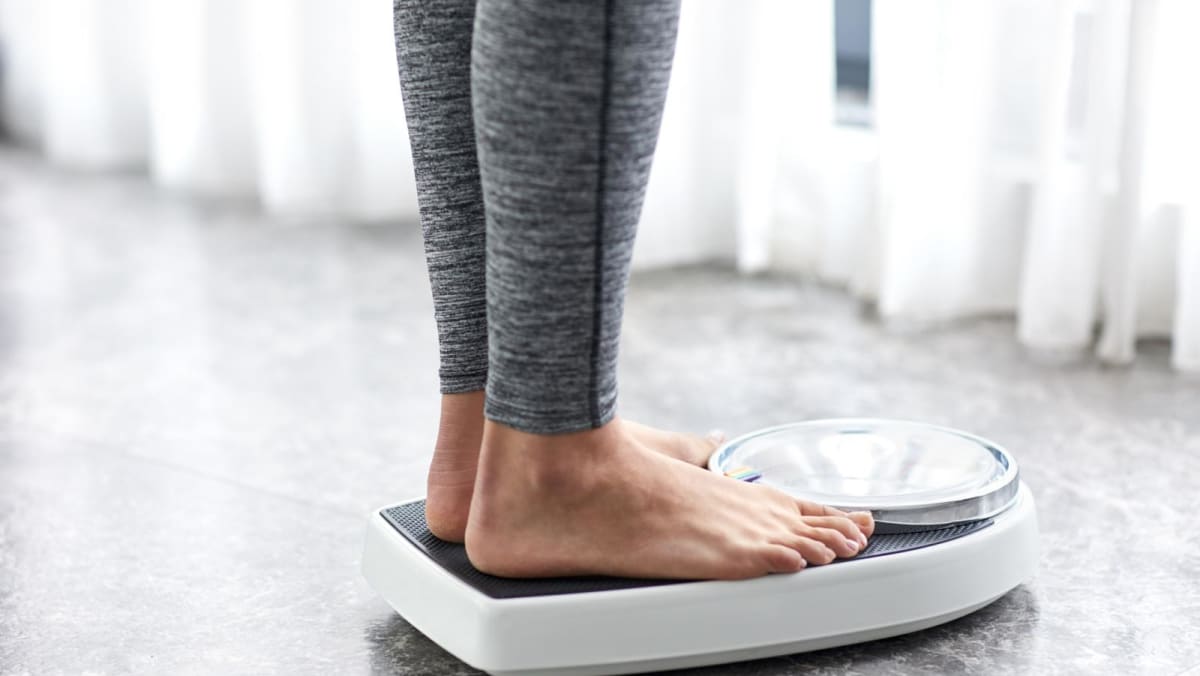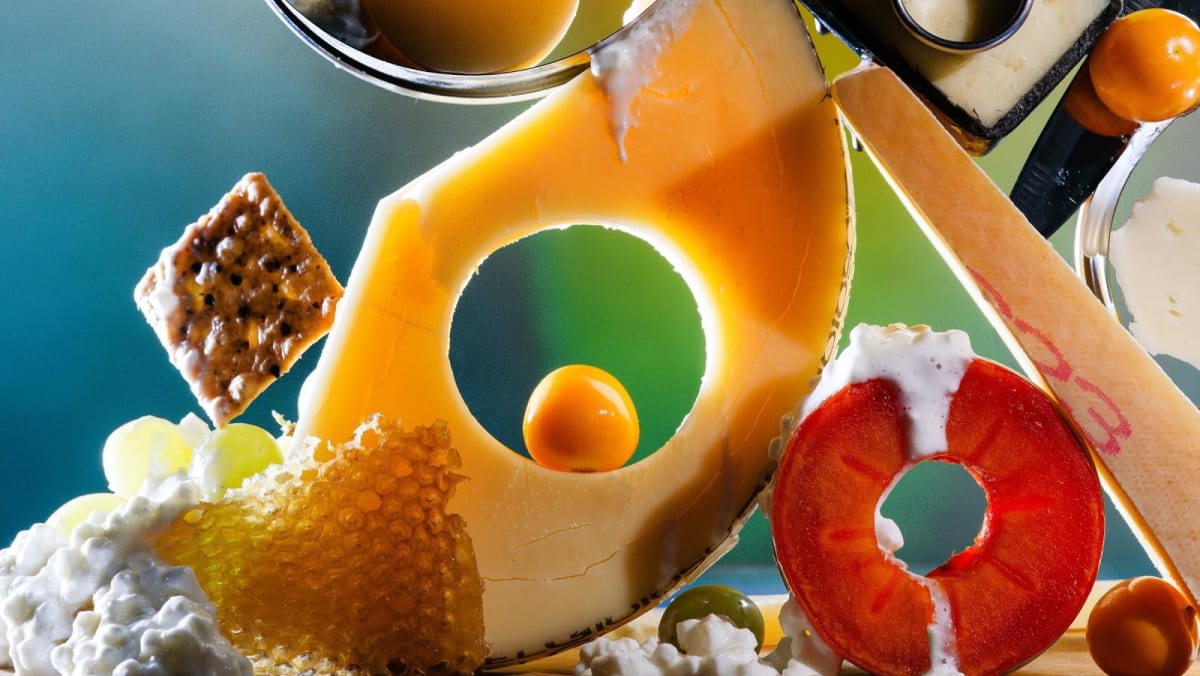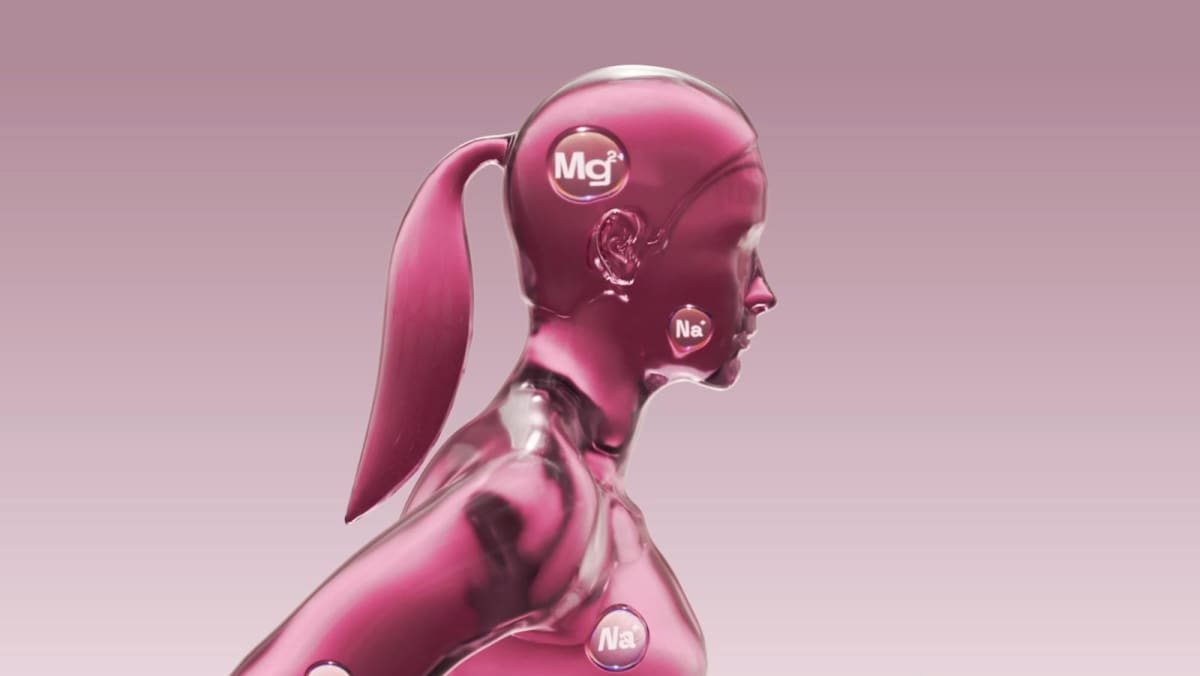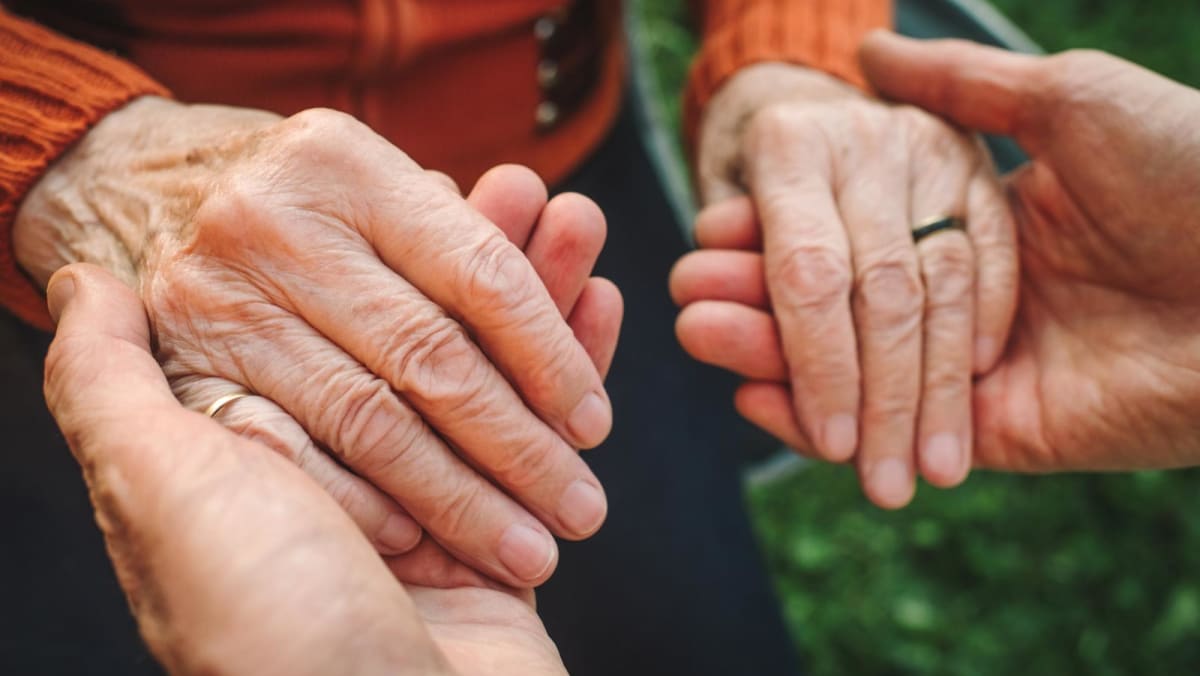BIA is not without its drawbacks either. “BIA readings are sensitive to hydration status (dehydration overestimates fat), recent meals and exercise, so the results will differ depending on the time of day that the readings are taken, even on the same day,” said Dr Lee.
And while newer BIA models can estimate visceral fat, they have limitations, said Yap. “They also do not measure subcutaneous fat accurately; the skinfold calliper testing remains a gold standard for that.”
SO WHICH IS MORE RELIABLE?
“I would say the BMI gives a less accurate reading in my practice,” said Yap. But the BMI isn’t left in the dust just yet. “The BMI remains a useful, quick screening tool for obesity. It is validated, easily accessible and part of standard health checks,” said Dr Lee.
“The BIA adds nuance as it estimates body fat, muscle and water composition,” he continued. “However, the accuracy of BIA devices varies widely; hence, care is needed when evaluating the BIA results. Each method has their own limitations and we should always interpret these readings in conjunction with other health parameters such as blood pressure, glucose, cholesterol levels and quality of life.”
Dr Lam also advocated for both tools. “Rather than replacing the BMI with BIA, the better approach is to use them together, along with waist circumference, metabolic markers and clinical judgement to assess and predict health,” he said.
“Information from both tools is typically considered and results are interpreted in the context of your overall health profile and goals,” said Dr Lam. “Their respective limitations are acknowledged and factored into the assessment.”














